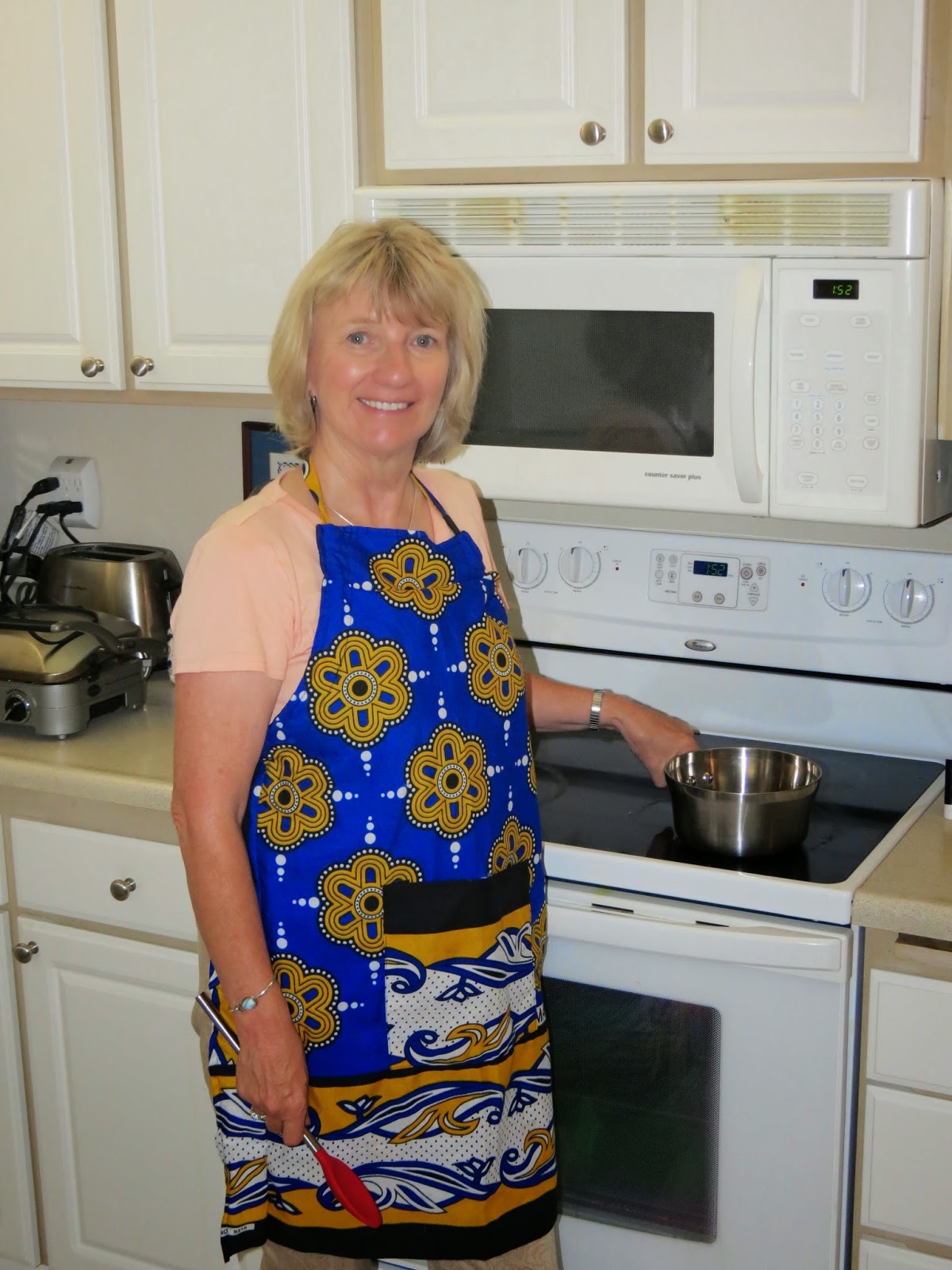After our tour of the Hakuna Matata Spice Farm we went into Stone Town, which is the old section of Zanzibar City. For many years Zanzibar was controlled by the Sultan of Oman and for this reason the 'old town' looks very much like something from the Arabian Nights! I was reminded of Dubai and Jerusalem and even Cairo.
This part of our day tour was quite sobering as we visited the place that was once the slave market. Before slavery was completely stopped around 1873, Zanzibar was one of the largest slave ports in the vast Indian Ocean slave trade. The Arab slave trade lasted for more than a millennium. Slavers hacked their way into the African interior, as far west as the Congo. They traded, bribed chiefs, pillaged and frequently kidnapped people to meet the high demand for slaves. The newly acquired slaves were often forced to carry ivory and other goods back to the Tanzania coast town of Bagamoyo, which is derived from the Kiswahili words 'bwaga moyo' which mean 'lay down your heart', because it was here that the slaves would abandon any remaining hope of freedom or escape. Slaves were crammed into wooden boats headed to the slave markets in Stone Town....the place we were visiting today.
When slavery was ended missionaries bought the site of the old slave market and, with the help of freed slaves, built this Anglican Cathedral.
The altar of the cathedral stands on the spot of the old whipping post.
The church's crucifix is made from the wood of a tree from Zambia, under which the heart of Dr. David Livingston, the initiator of the abolition of slavery, is buried. Just so you know, the rest of Livingston's body was carried overland so that he could be taken home to England for burial in Westminster Abby.
Outside the cathedral is a pit with a stone sculpture of five slaves, tied with original iron shackles and chains. Our dear Edidah found it all very touching and difficult to comprehend.
We were told that the slaves were kept in 15 small chambers under ground. The chambers had low ceilings and tiny windows. I couldn't stand up in the one we toured. Sea water running through the damp rooms functioned as toilets. The slaves were chained on the bare stone floors. Many didn't survive the cramped living conditions.
The value of the slave went up the more he resisted. Resistance indicated strength. Also the ones who did not cry out when whipped were thought to be more valuable. Children were frequently given as a bonus to those who bought many slaves.
To fetch a higher price the slaves were cleaned, their skin oiled and then were dressed in nice cloth. Lined up from the smallest to the tallest they had to walk through the market while the traders announced their price. Prospective buyers had the right to inspect the physique, mouth, teeth and eyes of the slaves.
Most of the slaves who went through the Zanzibar market were sold to plantations in Indonesia and Malaysia, the Middle East or India. Slave trade to the United States came mostly from the West Coast of Africa.
Edidah and I had an interesting discussion about the history of slavery in my family. My great-great grandparents owned slaves. According to the family history, at the end of the civil war the slaves wouldn't leave the plantation because they loved my great-great grandmother so much. In financial difficulties after the war ended, my family took some of the slaves, now free of course, with them as they moved west to settle in my hometown of Lonoke, Arkansas where my ancestors, Eliza Ann Barnhill Witherspoon and Samuel McClelland Witherspoon, were pillars of the community and founders of the Presbyterian Church I attended while growing up.
Difficult to reconcile this with the horrors of the slave trade we learned about in Stone Town.




















































